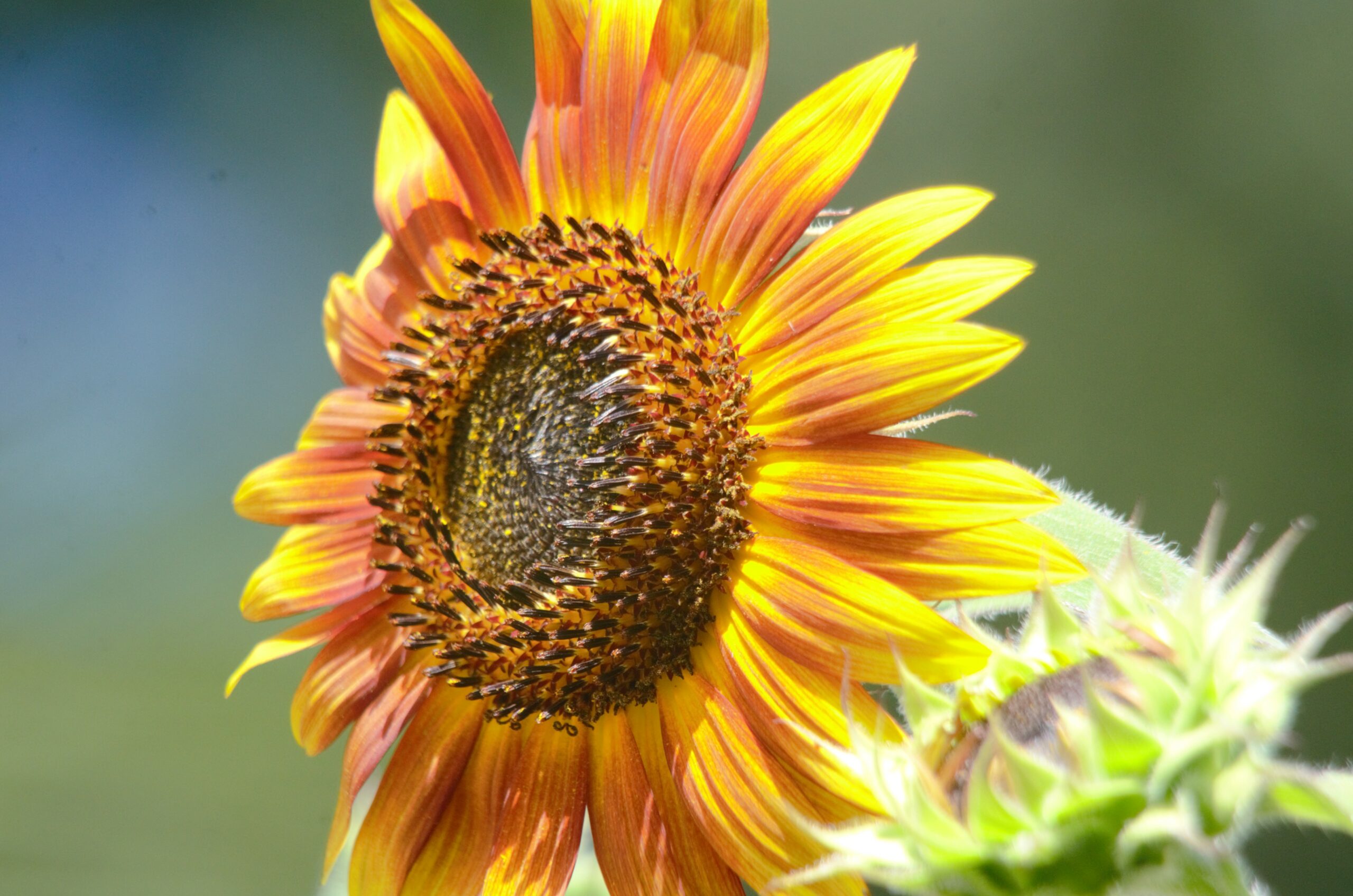Sunflowers can make a great addition to any garden

JACKSONVILLE, Ill. — Sunflowers are a great addition to the home garden. Not only do they provide colorful flowers, but they also can be a potential food source for people and wildlife. With various shapes, sizes, and bloom colors, sunflowers are an easy plant to incorporate into your landscape.
Despite typically being grown as ornamental plants in home gardens, sunflowers have been used as a food crop for thousands of years by Native Americans. It’s believed that sunflowers started being cultivated around 5000 years ago in Arizona and New Mexico, and they’ve been grown in the Midwest for over 2000 years.
When most people think of sunflowers, they think of large, tall plants that may not fit well into smaller landscapes. However, that isn’t always the case. Sunflowers can range in size from six inches to more than 12 feet tall.
If you are looking for smaller sunflowers, look for dwarf cultivars such as sunny bunch, sunray and tiger eye that are less than three feet tall. Some cultivars, like Junior or Sunny Smile, may only get a foot or so tall and can be grown in pots.
If you want sunflowers that are a little taller, in the 3-6 foot range, look at plants like Busy Bee, Fire Catcher or Super Snack. If you want even taller sunflowers, look at Treasure Mountain (up to 10 feet), Kong (up to 14 feet), or Pikes Peak (up to 15 feet tall).
In addition to a wide variety of heights, the blooms of sunflowers can also be different colors. While we often think of sunflowers as yellow, orange, red, and purple blooming types can also be found. Additionally, certain types may only produce one flower, while others are branching and may produce dozens of flowers on a single plant.
Sunflowers are fast-growing annual plants that do best in full sun. Sunflowers are able to grow in a wide variety of soils. So, as long as you have a sunny location and your soils aren’t consistently soggy, you can grow sunflowers.
Sunflowers are typically direct-seeded after the danger of frost has passed (early to mid-May). They can also be started indoors, typically 2-3 weeks before planting outdoors, if you want to get a head start. However, they don’t like having their roots disturbed, so be careful when transplanting. Sunflowers are also good candidates for succession planting (plant every 1-3 weeks), so you can have plants blooming for an extended period of time.
Sunflowers are relatively low-maintenance plants. Make sure to control weeds, particularly when plants are young. This can be done by hand pulling, hoeing or using mulches.
Wildlife can also be an issue, especially if you plan on harvesting sunflower seeds to eat. If you wish to harvest sunflower seeds to eat, remove the flower heads and about a foot of stem when they begin to dry out (turn yellow-brown) and start to drop downward. Hang the heads in a warm, dry well-ventilated area and let them cure for several weeks. Once the seeds have dried, they can be removed from the head and enjoyed.
If you decide to grow sunflowers for pollinators, look closely at plant descriptions. Many newer sunflowers marketed for cut flowers are pollen-less, meaning they produce little to no pollen, which is an important food source for pollinators like bees.
Miss Clipping Out Stories to Save for Later?
Click the Purchase Story button below to order a print of this story. We will print it for you on matte photo paper to keep forever.

